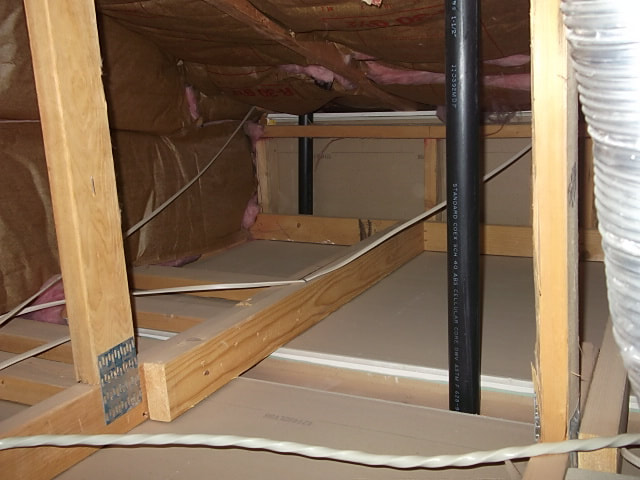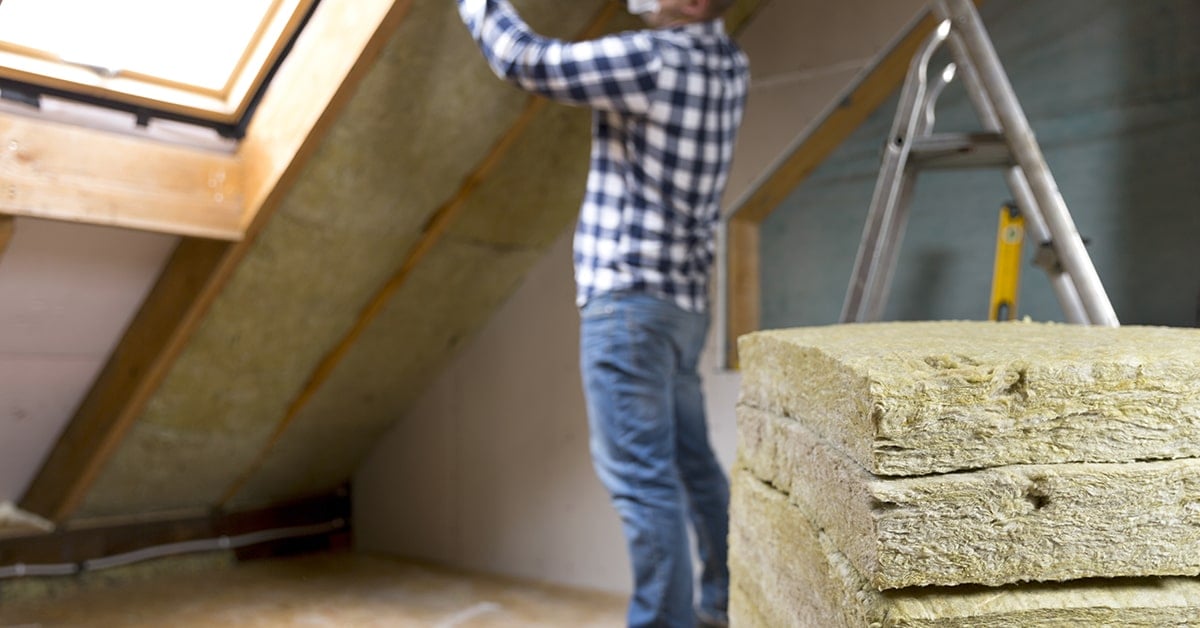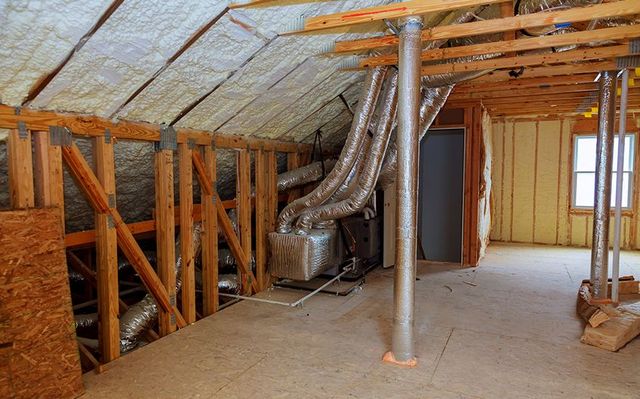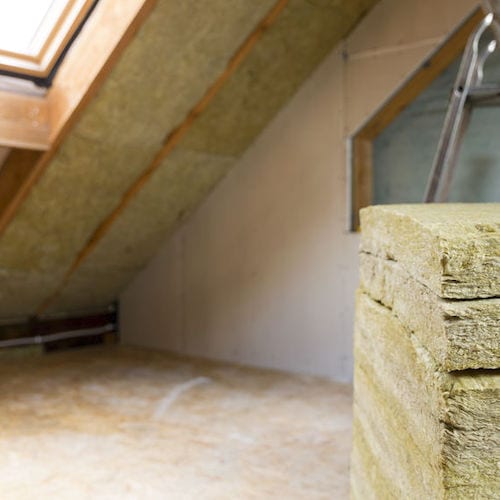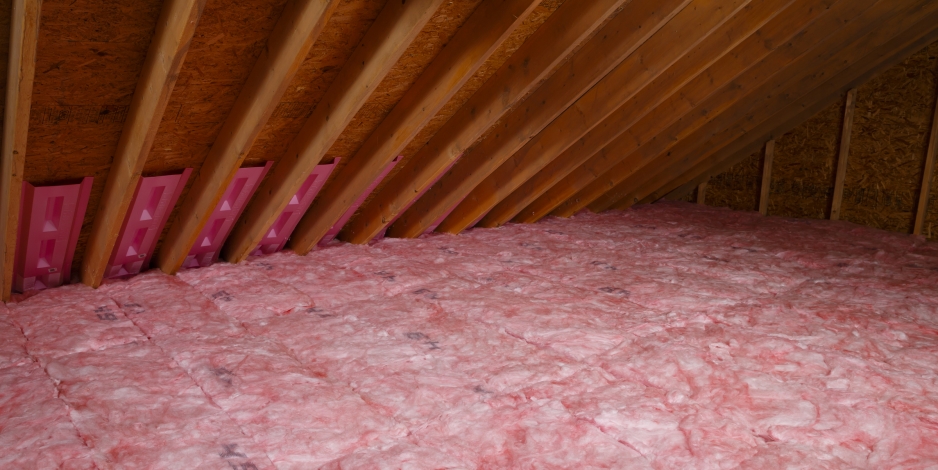My Attic Has No Insulation

Unvented attic assemblies unvented attics rely on an air impermeable insulation installed to the roof deck s underside i e.
My attic has no insulation. Both can be added to uninsulated attics or layered over existing material. Preferably some at the top of the roof and some at the bottom. Loose fill or batt the common term for blanket insulation. It is important that the insulation be evenly distributed with no low spots.
You can use either faced or unfaced batting for this installation. Attic insulation r 50 is now the code. If you are installing a new roof consider a drip edge vent. For diy attic insulation you ve got two choices.
To see how to add insulation out to the eaves see installing rafter vents. They include rafters and ceiling joists that are damp or blackened with mold. Poor insulation is usually the culprit although if you enter the attic on sunny winter day your attic space can be warmed by the sun more than your furnace. Thick insulation between 14 and 18 inches is what is needed in most cases but that s not all.
Once you ve decided which type is best for you examine the material options and prices to home in on the right product. If your attic insulation covers your joists and is distributed evenly you probably have enough. When using insulation that has either paper or plastic facing. Unless your roofing system has insulation on the roofing deck and is designed without ventilation your furnace should not be heating your attic.
Old homes rarely have anything near that. You are unable to keep the hot air from getting into the attic because there is no insulation to protect the attic from the hot air. Inspect the attic if your attic is not sufficiently vented you probably won t have to look very hard to find signs. Install batting between the roof rafters for finished attic spaces.
Install low gable vents located above the top level of the attic ceiling insulation use eye brow vents that are on the top of the sloping roof surface near the soffit eave area. Attic ceiling to stop airborne moisture from reaching a cold surface and condensing inside the building envelope. Attic ventilation depending on the size of the home be sure there is plenty of roof vents.














